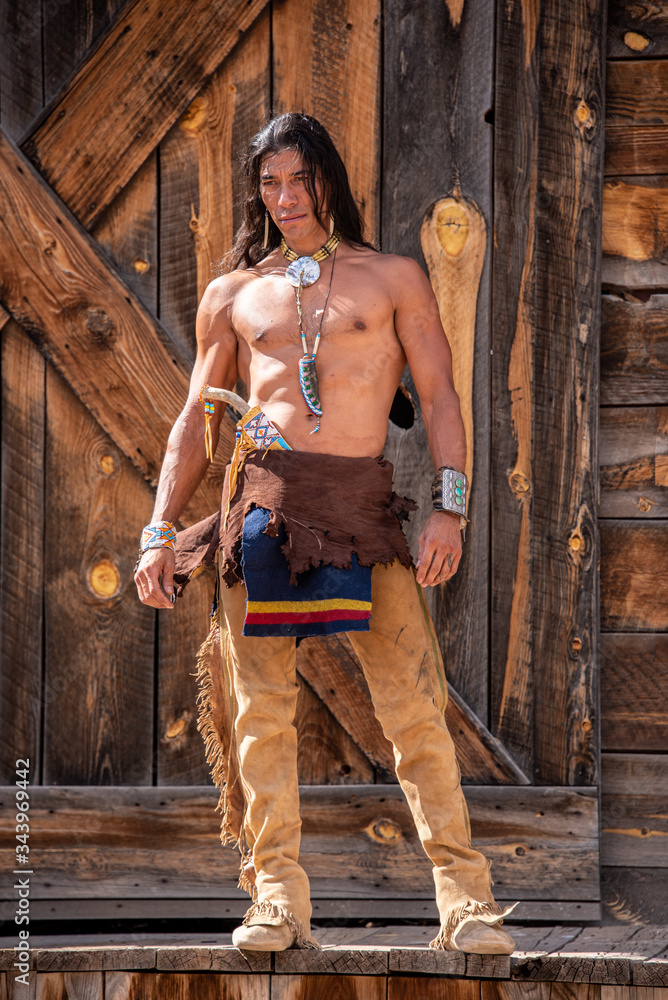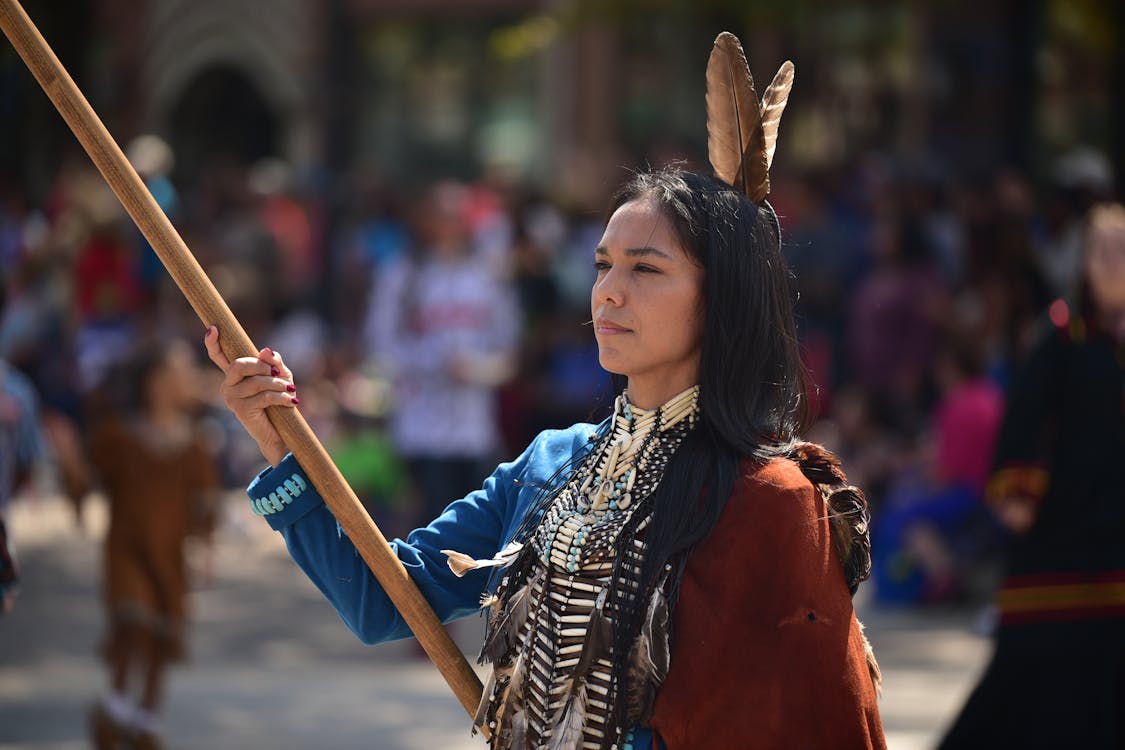First native american in congress

The history of Congress in the United States is rich and diverse, marked by the contributions of individuals from various backgrounds and communities. Throughout the years, many trailblazers have made their mark within the hallowed halls of Capitol Hill, breaking obstacles and shattering glass ceilings. In this weblog submit, we delve into the inspiring story of a remarkable particular person who made historical past as the primary Native American to serve in Congress. Steeped in courage, resilience, and a deep dedication to their group, this trailblazer's journey is a testament to the facility of illustration and the enduring spirit of the American dream. Join us as we discover their exceptional story and the impact they have had on the nation's political panorama.
First native american in congress
This is a compilation of people in the U.S. Congress who've documented tribal ancestry or affiliation amongst Native American tribes in the contiguous United States. Notably, this listing doesn't include Native Hawaiians who've served in Congress, as they've distinct heritage separate from North American Natives.
In the 115th Congress, only two Native Americans were in workplace: Tom Cole, who has been serving since 2003, and Markwayne Mullin, who served from 2013 to 2023. Both of them are Republican Representatives from Oklahoma. However, the landscape changed in the 116th Congress, which began on January three, 2019, when Democrats Sharice Davids of Kansas and Deb Haaland of New Mexico were elected to the united states House of Representatives. This marked a significant milestone as Davids and Haaland turned the primary two Native American women with documented tribal ancestry to serve in Congress.
As of the commencement of the 117th Congress on January three, 2021, 5 Native Americans had been serving within the House, representing the most important Native delegation in history. https://writeablog.net/traditionalnativeamericanclothing/custody-when-one-parent-is-native-american included Cole, Mullin, Haaland, and Davids, all of whom have been reelected in 2020, along with Republican Yvette Herrell of New Mexico, who was elected for the primary time in 2020. The rely briefly dropped to 4 on March 16, 2021, when Haaland resigned her House seat to imagine the role of Secretary of the Interior.

On August sixteen, 2022, Mary Peltola, a Yup'ik lady, was elected to the U.S. House of Representatives, representing Alaska. This historic election marked the first time a person with documented Native Alaskan ancestry served in Congress, restoring the Native delegation's depend to five. The partisan split was three Republicans and two Democrats. This additionally marked a singular moment in historical past as it was the first time that Native American, Native Alaskan, and Native Hawaiian (Kai Kahele) members simultaneously served in Congress.
After the November 2022 elections, incumbents Cole (R-OK), Davids (D-KS), and Peltola (D-AK) retained their seats. Markwayne Mullin, a Cherokee Republican, retired from the House and was elected to the Senate, changing into the primary Native senator since Ben Nighthorse Campbell (R-CO) retired in 2005. His House seat was received by Choctaw Republican Josh Brecheen. However, Yvette Herrell lost her seat because of redistricting, which led to legal disputes over alleged political gerrymandering. Consequently, the composition of Native Americans within the 118th Congress stays at 5, with four within the House and one within the Senate, with a partisan break up of three Republicans and two Democrats. The number of states represented by Native members of Congress decreased from four to a few following Herrell's defeat in New Mexico.
Who was the first Native American?
During the Seventies, I, together with other college college students studying archaeology, was taught that the earliest people to reach North America had migrated over a land bridge from Asia and Siberia roughly thirteen,000 to thirteen,500 years in the past. These pioneers, collectively often identified as the Clovis individuals, were believed to have traveled by way of a hall that had opened up between immense ice sheets overlaying what is now Alaska and Alberta. The Clovis people rapidly made their means down the North American continent, carrying their distinct tools to various areas within the Plains States and the Southwest before moving eastward.
In New Mexico, significant proof of Clovis tradition had been uncovered. In 1908, a rancher driving alongside an arroyo on his property close to Folsom noticed what seemed to be large bones embedded within the embankment. These turned out to be remains of colossal Ice Age bison and different late Pleistocene megafauna, such as mammoths, bearing cut marks clearly made by human palms. Not far south, at Blackwater Draw, exquisitely crafted spear points were found within the 1930s, some of which were the dimensions of a palm and featured fluting, making them capable of taking down Ice Age animals.

The prevailing perception throughout this period, often recognized as "Clovis First," was the only accepted explanation for the preliminary human arrival and subsequent growth throughout North and South America. For an artifact of human culture to be regarded seriously, its dating had to be after those discovered at Clovis.
I vividly recall studying all of this throughout my introductory archaeology course at a university in southeastern Pennsylvania. Little did I or my professors know that only a few hundred miles away, at a site called Meadowcroft, close to Pittsburgh, an archaeological excavation led by James Adovasio was unearthing proof that would basically problem the supremacy of Clovis Man and pose vital questions for the prevailing theories relating to the first human arrivals in North America.
Who discovered America first?
Various theories abound relating to the "discovery" of America, with various levels of supporting evidence. It is well-established that Vikings arrived in America centuries previous to Columbus. Additionally, although subject to dispute, there might be evidence suggesting that Polynesian explorers might have reached the continent before the arrival of the Spaniards. In a technical sense, Nomadic Asian tribes were the very first to discover America over 15,000 years ago.
